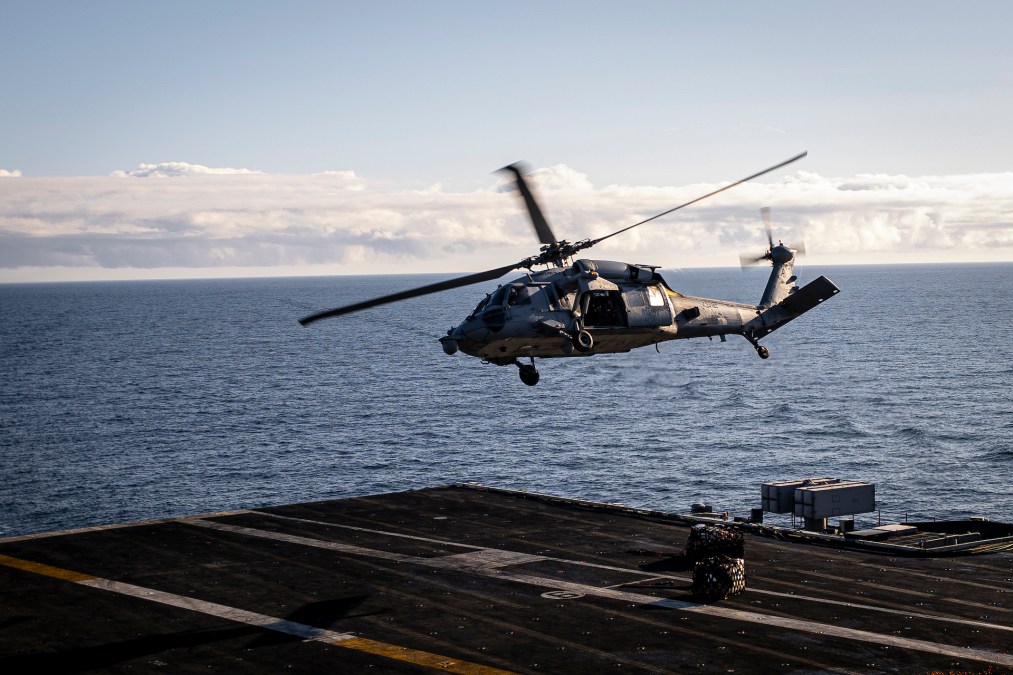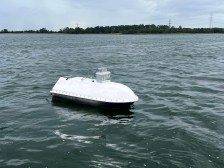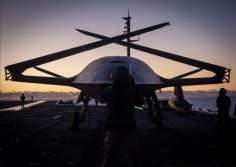Navy eyes AI to track adversarial drone swarms, vessels from maritime helicopters

The Navy is looking for automatic target recognition and tracking capabilities — and particularly, those that can stalk drone swarms or multiple vessels simultaneously — to deploy in operations involving its maritime helicopters.
Companies interested in supplying such products are invited to respond to a new request for information from Naval Surface Warfare Center Crane by Oct. 31.
“The ideal background for these solutions would be from air to ocean as surface or air to air with sea state as background utilizing different sensor types. Of special interest would be Multiple Object Tracking such as multiple vessels and/or Swarms of Unmanned Systems,” officials wrote in the RFI.
“Ideally, the solutions would be capable of detection, identification, and maintaining unique track IDs within high clutter backgrounds and obscured conditions such as fog, rain and wind, rotor wash, variety of sea states, etc.,” they noted.
Respondents are asked to include an overview of their algorithms and approach — as well as the sorts of targets and environments they’ve been designed for or tested with. The Navy also wants details about the types of sensor data currently in use and whether companies can provide suitable labeled training datasets to apply in operations.
“Please include information on if/how targets and tracking are presented to a supervising human,” officials wrote.
The RFI did not include information about the geographic combatant commands or contemporary operations that the Navy envisions adopting these capabilities for.
Its publication comes at a time when the sea service and broader U.S. military face disruptive threats from drone swarms like those already emerging in places like Ukraine and the Middle East region, and the Trump administration wages a new “war” against alleged drug-smuggling vessels in and around the Caribbean.






